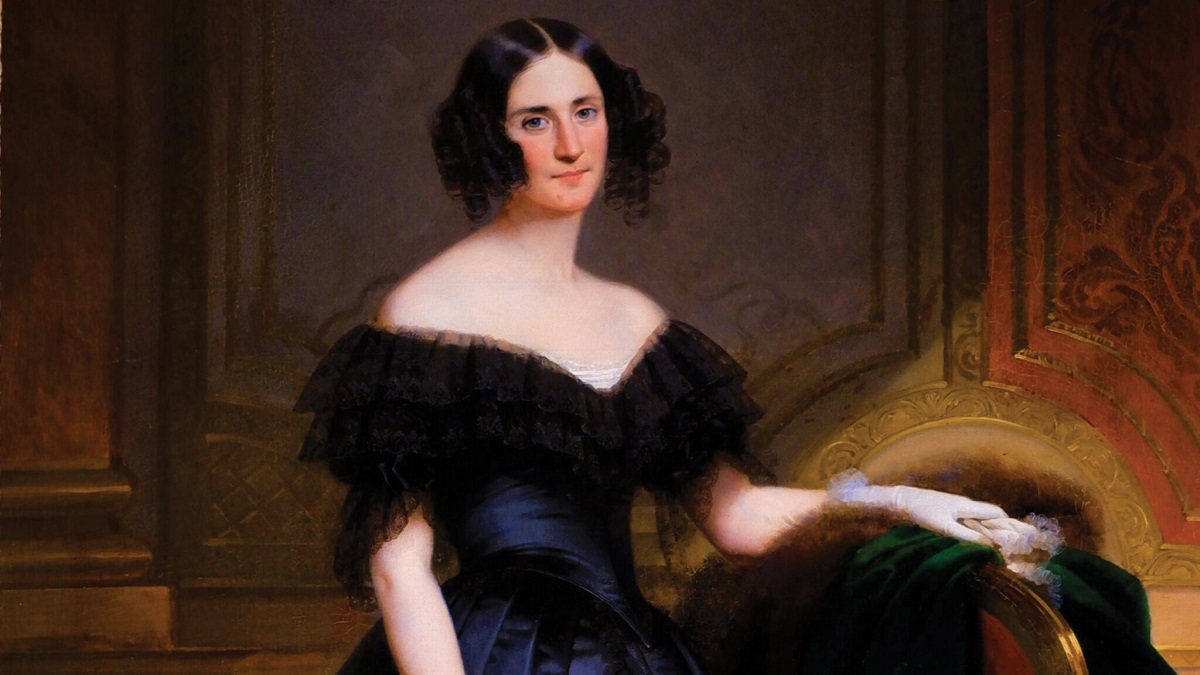







After five decades of diplomatic service and over 130 years since Edmond de Rothschild’s reconstruction of the original The Hôtel Pontalba––the 19th century landmark and gardens require extensive repairs and restoration. The Fund to Conserve is focusing on raising support for specific preservation and restoration components to prepare the residence for it’s ongoing service representing the United States and the nation’s longstanding friendship with France. Project components include:
The new vestibule will accomplish the following:
The residence has 143 windows with the majority of the large casement windows on the ground, first and second floors dating to the Rothschild period and are protected under local heritage requirements. Specialized tradespeople will restore the windows and incorporate additional interior glazing to improve thermal performance.
The Rothschild era elegant wrought iron railing along the garden terrace was removed during the 1940’s. It complimented the balcony railings also on the residence’s garden facade. The terrace railing reconstruction completes the elegance of this facade and enhances safety for the thousands guests and dignitaries who attend meetings and events at the residence throughout the year.

The Fund to Conserve is raising awareness of the U.S. Ambassador’s Residence-Paris—a heritage landmark and diplomatic symbol representing America as well as the nation’s enduring friendship with France. We are working to generate vital private sector support for the preservation of America’s heritage jewel in the City of Light.
You, your company, or organization are invited to join this effort. Donate today using the “Donate Now” button below. Learn about other ways to participate by emailing Info@FundtoConserve.org